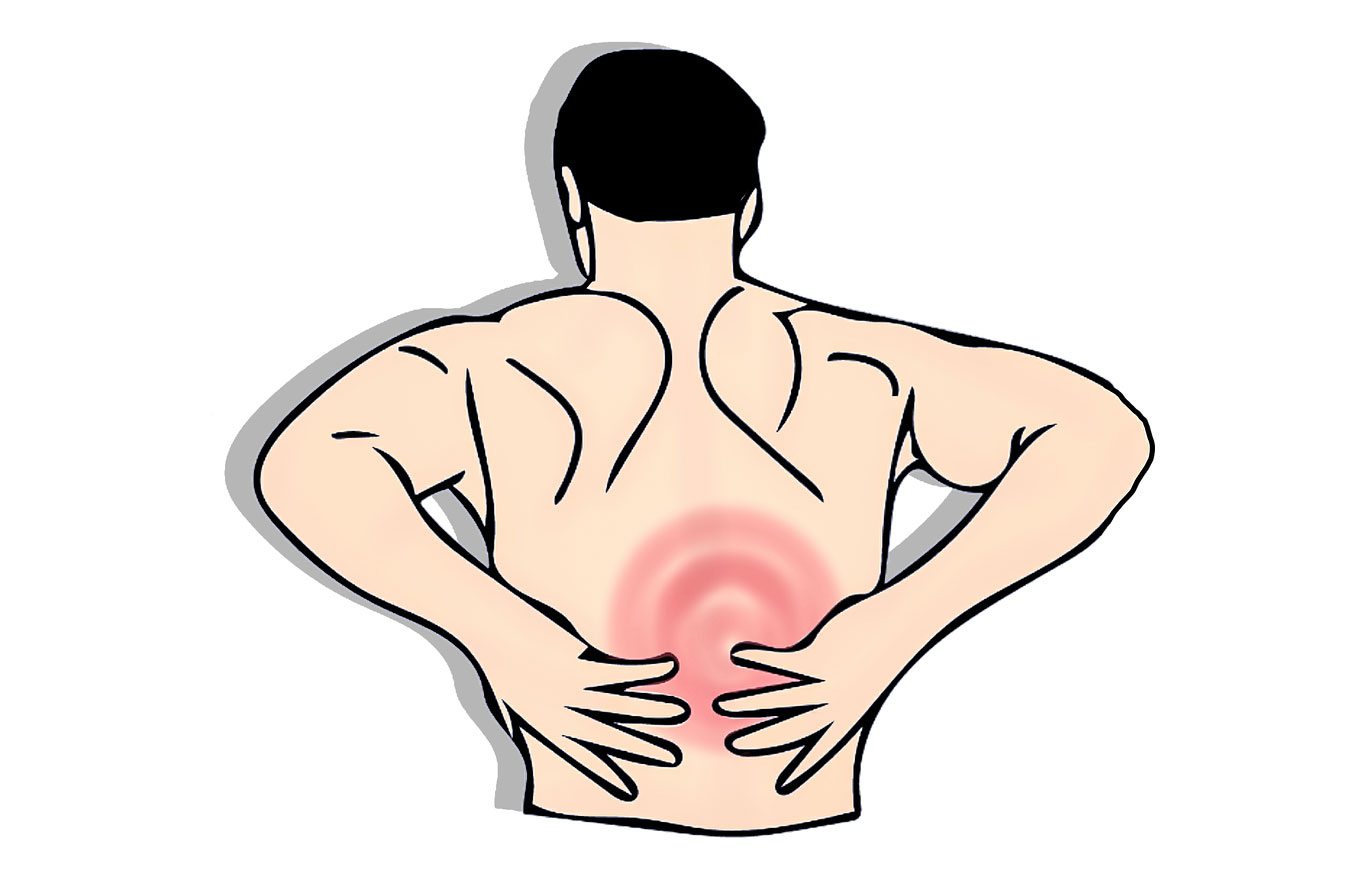The human spine is a complex structure consisting of four main regions: cervical, thoracic, lumbar, and sacral. Unfortunately, many healthcare providers tend to treat the lumbar region as a fragile unit that should not be exerted or bent, despite the fact that it is an area that can frequently result in pain. In fact, studies suggest that 80% of adults will experience low back pain at some point in their lives, with 50% recovering within 2 weeks without treatment.

While some causes of low back pain can be serious, such as fractures, infections, cancer, or cauda equina syndrome, the vast majority of cases, about 90%, are classified as non-specific low back pain. This term is used because it is often impossible to identify a singular structural injury as the cause of the pain. The spine is a complex structure with multiple tissues that may contribute to a patient’s pain, including bone, fascia, joint, nerve, and muscle.
If you suffer from back pain, you know how limiting and scary it can be. However, it is essential to understand that this pain is usually temporary and can be resolved with an active approach to recovery. This approach can also help you avoid unnecessary interventions such as pharmacological or surgical treatment.

To build resiliency, it is crucial to get to the root cause of your pain, identify any contributing factors, and start moving again. Contrary to popular belief, keeping your back straight with all activities is not necessary. The spine is designed to move, with 33 vertebrae that move over one another and strong muscles that support the structure.
If you’re experiencing back pain, finding a physical therapist who understands the potential of the human body and pushes for active recovery is often the first step toward recovery. Remember, the goal is to identify the root cause of your pain and develop an active approach to recovery that helps you regain your mobility and reduce the risk of future injuries.
Written by,
Joey Przybyla, PT, DPT
Up and Running Physical Therapy
* * *
Thanks for reading! If you’d like to learn more about who we are and what we do, click this link: https://upandrunningpt.com/

